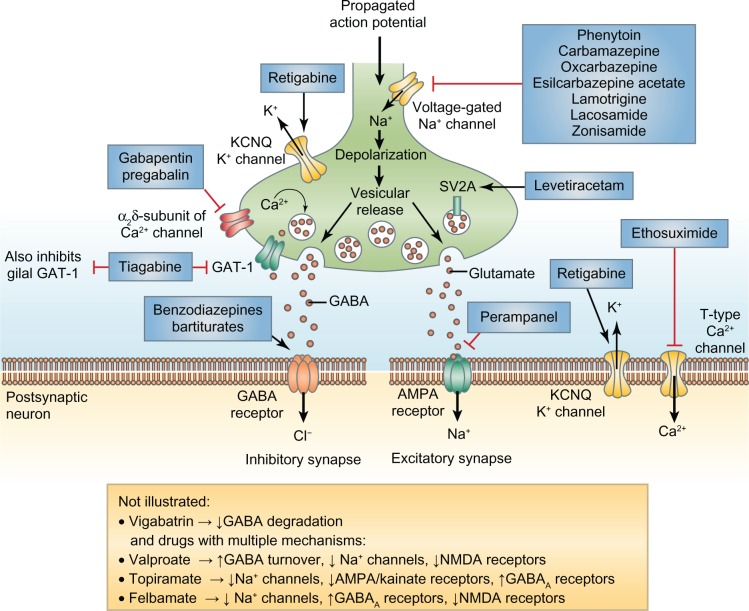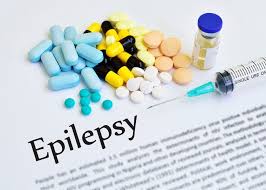ANTIEPILEPTIC DRUGS(AEDS) FOR TREATMENT OF EPILEPSY

Anti-epileptic drugs (AEDs) form the main form of treatment for people with epilepsy. And up to 70%-80% of children with epilepsy could have their seizures completely controlled with AEDs. There are around large number of AEDs used to treat seizures, and different AEDs work for different seizures. Here we explain what the different AEDs are, what type of seizures or epilepsy they are used for, as well as some essential information about average doses and common side effects.
Your doctor will decide whether your child needs AED or no. But you should know more about your child’s condition & how it affects him, the treatments which is available, side effects of the medications etc.
There are benefits of taking AEDs like-
- Reducing or stopping your seizures so that they won’t interfere with his day-to-day life. Reducing the chance of accidents and injury caused by seizures. Reducing your worry that your child will have a seizure.
The risks of taking AEDs might be –
- Some possible side effects.
- Need to remember to take medication regularly.
Starting treatment for epilepsy-When, how, why?
Who will be involved with my epilepsy care?
If you or your child have been diagnosed with epilepsy it is likely that you will have seen a neurologist, or a pediatrician or pediatric neurologist. They will usually prescribe your AEDs and arrange follow-up appointments to see how you are getting on.
When is treatment usually started?
Epilepsy is the tendency to have repeated seizures that start in the brain. Treatment is usually started after a diagnosis of epilepsy has been made by a specialist with expertise in epilepsy. In some situations, treatment might be considered after a single seizure. This is only if the chances of recurrence are high.
What is the aim of treatment with AEDs?
The aim of treatment is to achieve complete seizure freedom and exercise optimal therapy. This means taking least number of AEDs, at the lowest dose to get the best seizure control possible with the fewest side effects. If optimal therapy cannot be found with the first AED there are usually several others that can be tried, alone or in combination.

How are AEDs chosen?
The choice of AED depends on the type of seizures, and which AED works for these seizures. When a drug is chosen, we consider any other conditions you have or medication you take as this medication is taken for anywhere between 2-5 years or longer. It is important to look at side effect profile too. For example, some AEDs can affect concentration more, so they might be avoided for a student at school or college. Some AEDs can affect weight, appetite, menstrual cycle etc and therefore used with appropriate consideration.
How is treatment started?
Treatment is usually started with a first line AED. This is an AED that is tried first and taken on its own (monotherapy). Once the most appropriate AED for your child has been identified and discussed with you and a low dose is started. This helps his body get used to the medication and makes side effects less likely. The dose is then increased (titrated) slowly until it stops seizures. For children, AED doses are based on their body weight and so the dose increases as they get older.
How anti-epileptic drugs work?

AEDs do not cure epilepsy, they are taken to try and stop the seizures. They are preventative and are usually taken either once or twice a day. AEDs are taken orally and are available as tablets, capsules, liquids and syrups. Once swallowed, AEDs go into the stomach. Digestive juices in the stomach help to break down food and, in this case, the tablets containing the medication. The tablets break down, releasing the medication which can then pass through the wall of the gut into the bloodstream and be distributed around the body. The quicker the medicine gets into the bloodstream the quicker it can get to work. Once in the bloodstream, AEDs are carried to the brain.
How do AEDs stop seizures?
AEDs act by reducing the excessive electrical activity of the neurons that cause a seizure. Different AEDs work in different ways and have different effects on the brain. AEDs may affect the neurotransmitters or attach themselves to the surface of neurons and alter the activity of the cell by changing how ions flow into and out of the neurons
Treatment Maintenance – Follow up & monitoring
How do I know that the treatment is working for my child?
The aim of treatment is to stop seizures so the best way to measure how well it is working is to look at whether his seizures have stopped. If seizures are frequent it is easy to see if the number of seizures has reduced, whereas if your seizures are infrequent, it takes longer to see the success of treatment.
Why should I keep a seizure diary?
It is very helpful to keep a seizure diary, a record of seizures. This helps you to see how many seizures your child is having, when they happen, if there are any triggers and if medications are working.
Why does my child need a quarterly or biannual review by the doctor even when on medications?
Your doctor will look at all the following during the visit:
- Seizures – The frequency and nature of seizures may change, and this needs discussion with your doctor.
- Side Effects – Even if seizures are well controlled there may be side effects such as dizziness, tiredness, weight change, memory loss or cognitive impairment.
- Compliance – Regular medications without missing any doses is the crux of treatment and we can help you with reminder service such as alarms or timed text messages.
- Stopping your medication – If your child is seizure-free you may wish to discuss stopping your medication.

Coming off the treatment: when, how?
When can we stop the AEDs?
If your child has not had a seizure for two or more years, then we may think about withdrawing the medication. Coming off anti-epileptic drugs (AEDs) is best done with advice from specialist. Sudden stopping treatment can cause seizures to start again, happen more often and last longer than before. AEDs are usually withdrawn slowly as per medical advice. If seizures start again, taking the same AED straightaway usually gives the same seizure control as before.
